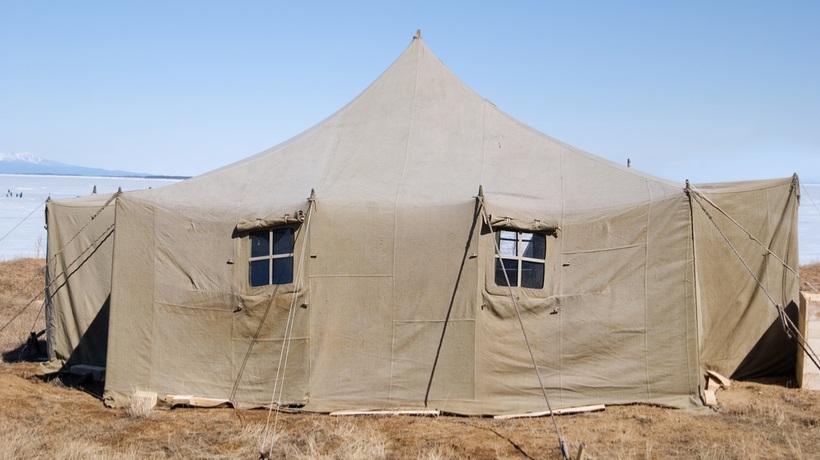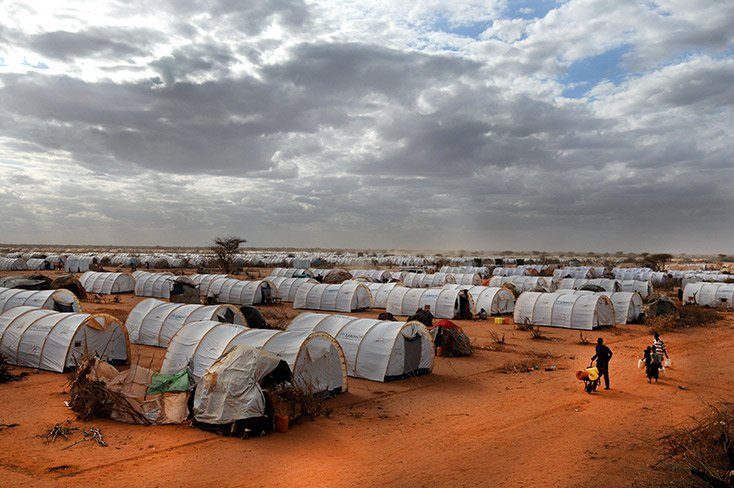The Humanitarian Sector And Hostile Environment Training
In the field of international development and humanitarian response, journalists, non-governmental organizations, and private contractors are increasingly struggling to access effective training. There are issues related to lack of funding, poor communication, along with challenges inherent in operating from a remote management context.
As a result, there has been a critical call for an alternative approach to the traditional methods that would usually take the form of classroom training and workshops.
One of the major disadvantages of classroom training is that the time and location is constrained. Many people in this line of work would agree that it is not always possible to get to the location due to unideal timescales and unsafe travel conditions. In the first instance, the majority of HEAT (Hostile Environment Awareness Training) courses span across two to five full days, making it unrealistic for many who have a short period before departing.
Many employers consider classroom training a budgetary burden. Small and large organizations must spend their finances on training premises, accommodation, airfare, expert instructors, local transport, printing of learning materials and food, only to get people in a room for a day of on-location training. The sum of numerous training sessions is bound to take a cut out of your Learning and Development budget. Multiply this for an entire year’s worth of training and we’re looking at a six or even seven figure drain.
In a recent UK Government Report, Humanitarian expert Lord Paddy Ashdown highlighted that:
“We are caught in a race between the growing size of the humanitarian challenge, and our ability to cope”.
eLearning As An Important Tool To Help Address Current Issues
Projects such as the Humanitarian Leadership Academy and the Norwegian Refugee Council’s Frontline Humanitarian Toolbox, designed specifically for aid workers in Syria, are working to boost capacity via online courses.
A common challenge, though, is to make the training realistic and relevant. The recently launched eLearning platform HostileWorld is engagement-worthy because it attempts to bring Hostile Environment Awareness Training, or HEAT, online. HEAT is specifically based around very immersive, role play-based experiential learning.
Caterpillar found that eLearning generated a cost reduction of anywhere between 40 and 80% over in-class training, depending on the audience volume.
The interactive training tool suggests that it can provide a safer, cost-effective way to prepare those traveling to hostile environments.
The Benefits Of Using Online Training Platforms
A notable key feature of the role-play training platform is that it uses realistic video scenarios offering experiential insight into how situations could unfold overseas dependant on the choice the trainee makes and simultaneously gives learners the ability to try again if they fail.
Alison Baskerville, a freelance British photojournalist, has spent many years in war zones as a military veteran, exploring and producing work across Afghanistan, Gaza, Mali, and Somaliland.
She explains:
“Having the ability to make the wrong decision and try again and again is important and exciting, perhaps this would reduce the risk of making a wrong choice in the real world”.
With hopes of raising awareness and building resilience, HostileWorld could provide a reputable way of gaining Hostile Environment Awareness Training (HEAT or HET) certification whilst encompassing the main principles.
Sean Moore, National Co-ordinator of the UK International Search and Rescue has extensive experience of responding to international disasters after deploying to Nepal and the US for Hurricane Katrina and many other conflicted areas, 11 times.
He explains:
“Hostile environment training is to raise individual awareness and team awareness as well but also, managerial awareness of the different types of risk and threat that environments pose to us when we actually deploy."
Self-Paced And Learner-Centered
Using a Near-Life™ gamification approach, the blended LMS welcomes learners with little or no experience of different cultures and locations to play their way through interactive video scenarios reflecting the real world at their own pace.
Carrying through the power of microlearning as the players can also stop after each unit and pick up where they left off. In addition, a variety of study materials are available.
One of the major benefits of on-demand video and online training is that it is learner-centered. Trainees are able to learn the information they need in an instant, anytime, and anywhere, and the course is designed with the learner in mind as there is no instructor.
Tracking The User's Journey
Interestingly, HostileWorld monitors the learners’ performance. The interactive learning portal tests knowledge frequently and continuously tracks the progress as they make real-time decisions that unfold in the form of video simulations. This screams data-collection heaven for large organizations wanting to reflect on their employee’s learning journey.
Designed by Digital Training Solutions in partnership with the Blue Mountain Group, UK ISAR, and The Resilience Advisors, the programme appears to help support experiential learning online, refresh basic principles and ensure teams have the ability to cover all key areas of required knowledge within a short amount of time.
Fundamental modules such as Personal Security, Crisis and Conflict Management, Cultural Awareness, Security in the Field, First Aid Training, Captivity Survival, and Stress Management seem to be covered.
The world is becoming an increasingly dangerous place with the rise of crisis zones in correlation to reduced accessibility in conflicted areas.
Media Safety Advisor, Steve Cook, recalls his experiences:
“People initially think of hostile environments as Syria, Northern Iraq, places of conflict, but that’s not necessarily the case, it depends on your sex, ethnic background and the environment you are in.”
He has been operating with media for over 12 years in countries across the Middle-East and North Africa.









